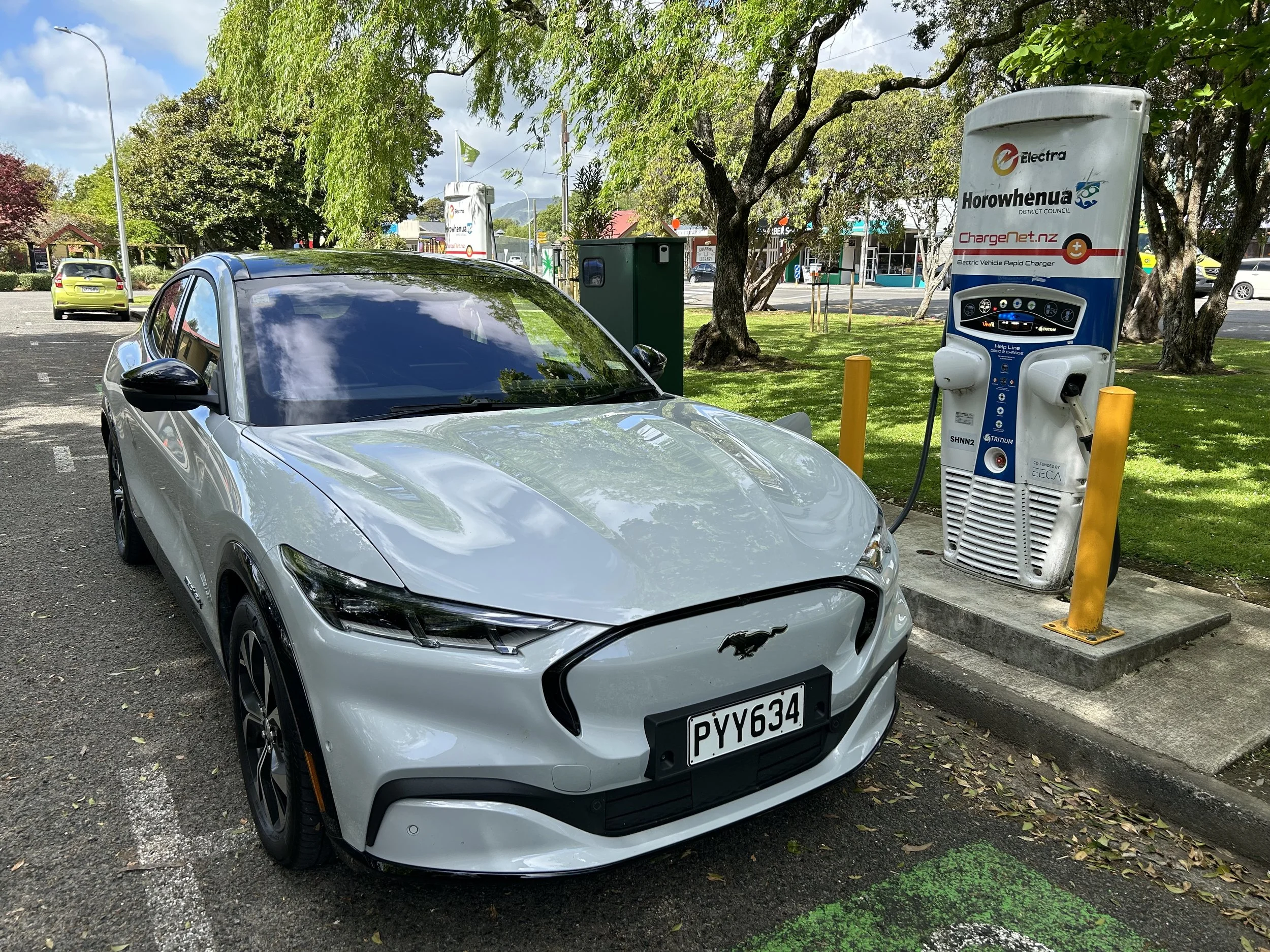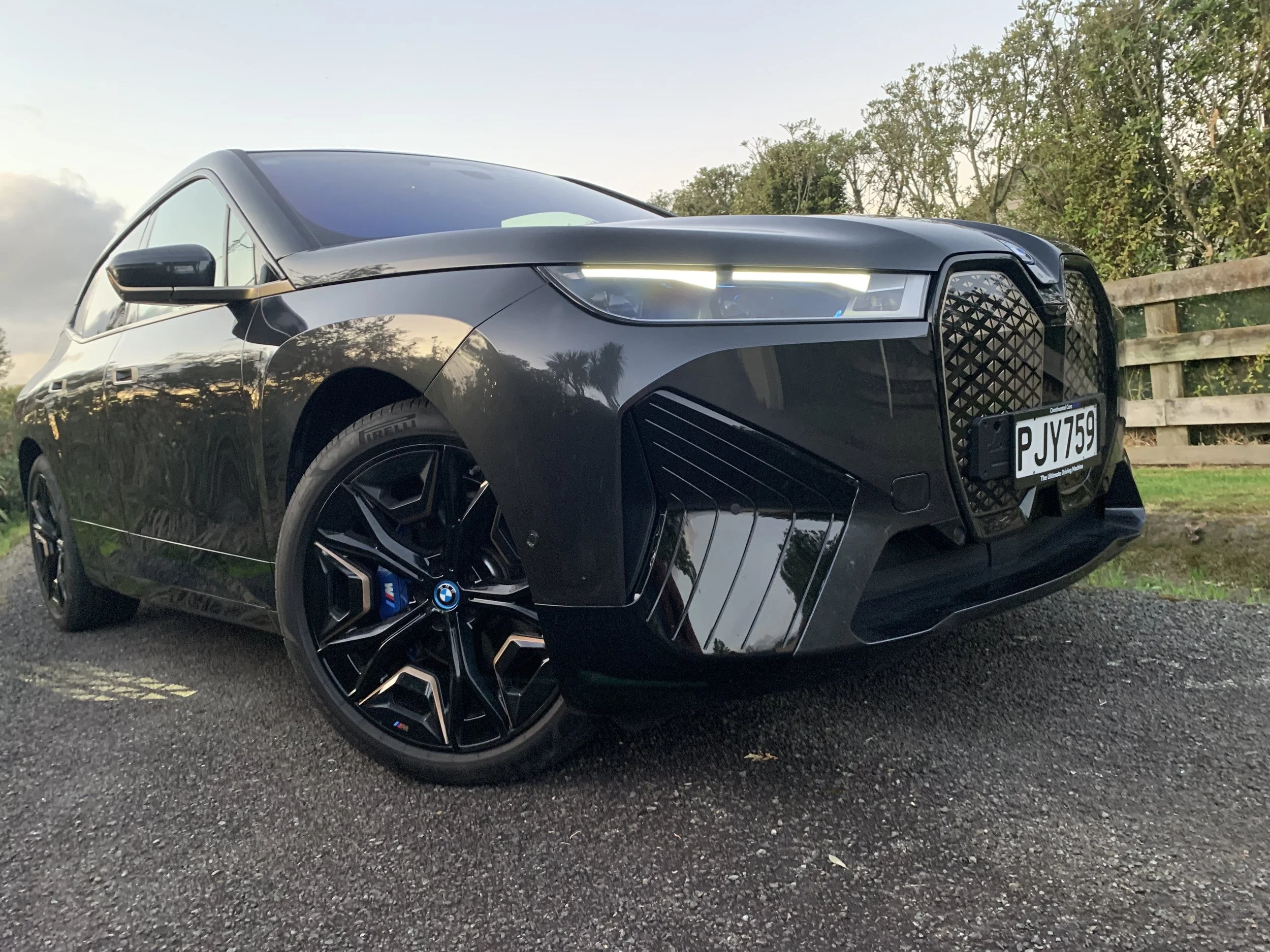Big EVs a strain on grid?
/Top NZ home charger provider ponders the downside of large capacity batteries.
ONE question that will likely long be debated as the electric age unfolds is: What’s the ideal battery size for an electric car?
Likely the answer can only come when - or if - every passenger car runs purely on electricity, with that coming purely from a battery.
The jury’s out if that scenario will ever become realised. Hydrogen is still a thing. Also, it relies on every car having the same kind of battery; which isn’t the case now and might not ever be.
Anyway, battery capacity - that is, the energy contained in an electric vehicle's battery pack - is as important as motor power and torque. A vehicle’s range depends on the size of its battery, and how efficiently that energy is used.
Energy capacity is measured in kilowatt-hours, or the ability of a battery to deliver a set power output (in kilowatts) over a period of time (in hours). Even at open road speeds, most vehicles only need 20-30 kilowatts to keep themselves moving at a steady speed. But factors such as speed and outside temperature heavily influence the rate of use.
When manufacturers quote a battery capacity without saying whether it’s gross or net, confusion can arise. You want to know the net capacity, since that’s the energy available to the driver, but gross capacities are always higher and look better.
The difference is worth knowing, as many makers reserve about 10 percent of total capacity to guard against complete discharge or overcharging. Remove that and you have the net.
The point of all the above? Well, EV buy-in has been healthy over the past few years, with Clean Car clearly being a factor: Rebate-eligible new cars (that is, those under $80,000) have been the most popular.
Most cars that capture rebates have small to medium-sized batteries, north of 30kWh capacity to just south of 80kWh. But, of course, we also have lots of other cars, that cost more, but have bigger batteries; the largest in circulation at the moment are triple figure, but only just - the kingpin of the moment seems to be the BMW iX M60 (below), with 111.5kWh.
That’s just in NZ; elsewhere around the world, in China and in North America in particular, battery sizes can be much larger: The Hummer EV in the General Motors Ultium platform is a leader with a 212kWh net pack. That vehicle is not expected to go into right hand drive; but other Ultium models are.
Bigger batteries deliver more energy; but also demand more at replenishment. Problematic?
One supplier of home charging equipment, Evnex, believes it could become so.
It wonders if the power grid is likely to become more strained by the increasing count of large battery models.
The comment comes from analysis of date from the more than 3500 ‘smart chargers’ it has provisioned around the country, User information showing the time of day vehicles are plugged in, how long they’re left charging, and the load these actions place on the grid has been analysed.
The Christchurch-based outfit reckons the average energy amount delivered in EV charging sessions is increasing year-on-year, with charging sessions at home using approximately 20 percent more energy since 2021.
It identifies that while larger batteries resolve issues of range anxiety and performance, and likely make vehicles more practical, they also subsequently trigger longer charging times and a desire for more powerful chargers.
Evnex chief executive Ed Harvey using the original Nissan Leaf as a baseline vehicle reminds that NZ is starting off from a low footing; the Leaf has succeeded here primarily as an ex-Japan used import. Domestic Japan cars brought here have modest-sized batteries; the 24kWh entry unit would not cut ice in a brand-new car here now.
Even the 60kWh battery size Harvey gave as an example of larger type isn’t really: It’s the most popular choice for the most popular EVs here, the BYD Atto 3 and Tesla Model Y (and 3).
He points out that the maximum energy in a residential setting for EV charging has now stabilised at around 90kWh.
He ponders if that will “hold as EV utes and trucks start to enter the fleet.”
Evnex notes that New Zealanders with these EVs appear to be taking the challenge of charging in their stride, with its data indicating that 60 percent of overnight charging sessions have delayed scheduled starts to make use of cheaper (and sometimes free) energy offered by some power suppliers.
“Generally speaking, our lines operate well below their capacity at most times of the day, and there remain additional windows retailers can use to manage demand; in the future, we may see similar offers made in the middle of the day,” Harvey said.
“Some parts of our network may need to be upgraded in the future to keep pace with energy demands - as EV distribution won’t be equal across all parts of the country. While larger EVs have bigger energy needs, smart charging technology will be important in helping manage capacity,” Harvey added.
According to the Evnex Summer 2023 report, most EV owners are either plugging their vehicles in for three hours or less, or between 10 and 15 hours, two to three days per week.
Most are plugging their vehicles in at the end of the day, although daytime charging is starting to become more popular. Evnex attributes some of this to customers using solar.



















